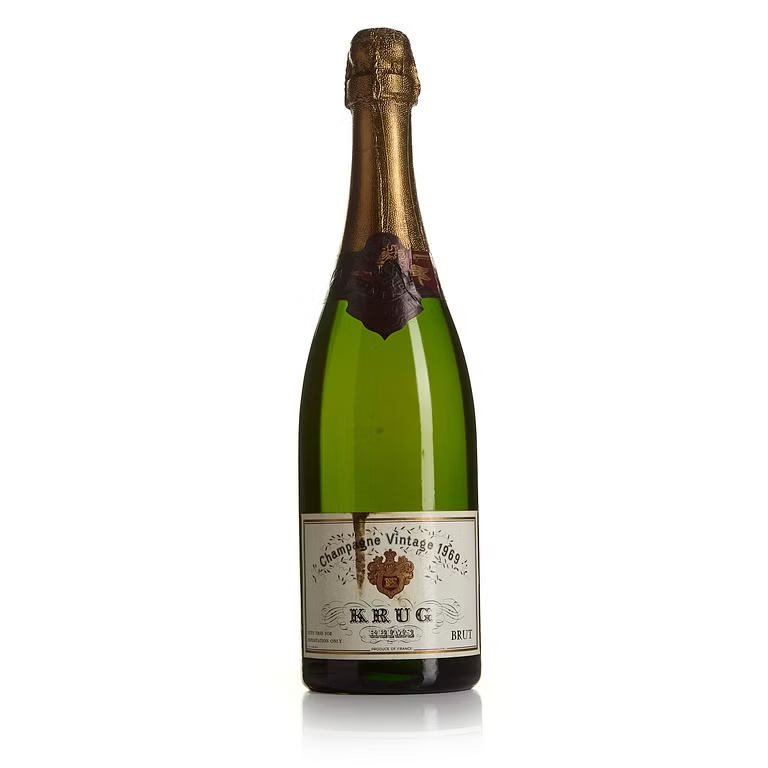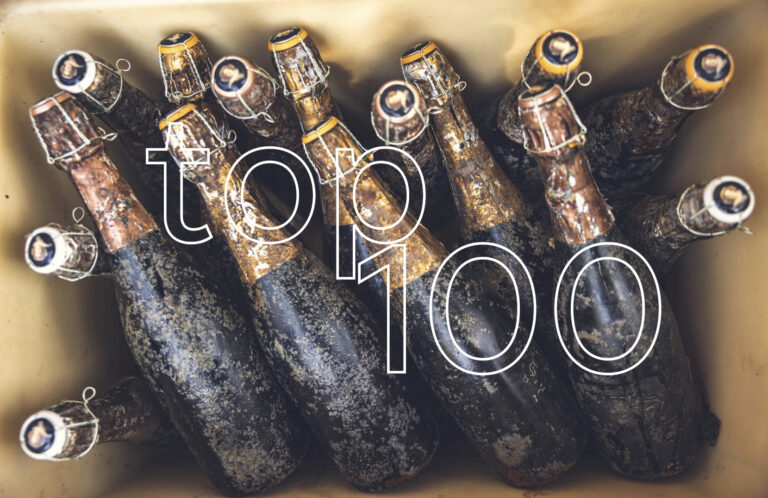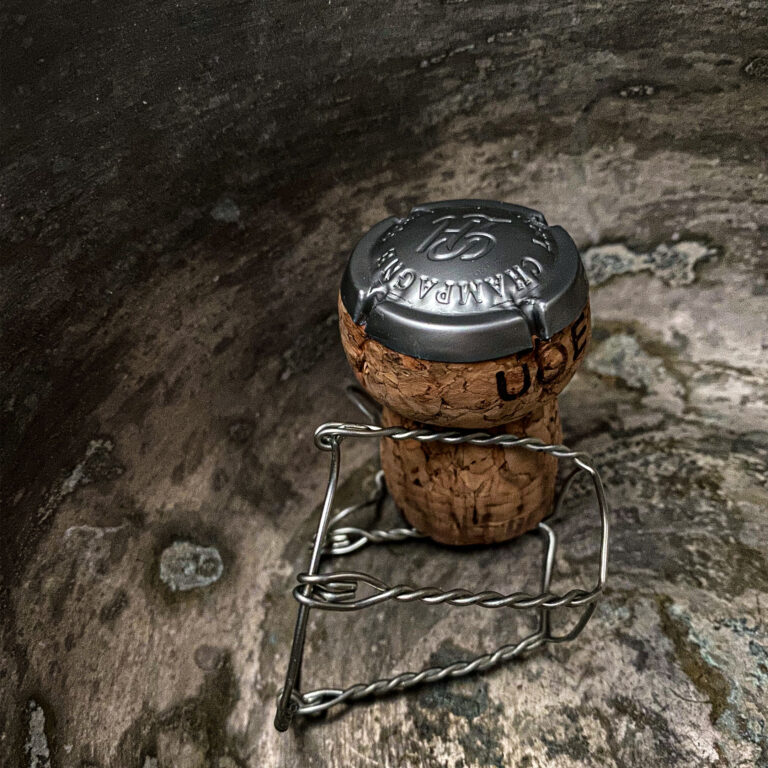TheChampagneSommelier Uncorking a true legend – 1969 Krug ‘Vintage’ [ read the full champagne story ]
Estimated reading time: 4 minutes

Look, most Champagne is a frivolous thing. A party trick. An expensive, slightly desperate attempt at celebration. It is a thing of youth, of immediacy, designed to be drunk, perhaps regretted, and then forgotten. And then there is Krug.
Krug is not merely Champagne; it is a dogma. It is a refusal to yield to fashion, a stubborn adherence to a philosophy etched in the cherry-red notebook of its founder, Joseph Krug, back in 1843. A belief that the greatest wine must first be a great wine, and only then, if it insists, a sparkling one. It is, to put it plainly, the heavyweight champion of the entire goddamn region.
And if Krug is the champion, then its aged vintages are the immortal gods sitting up on Olympus, occasionally tossing a bolt of liquid genius down to the adoring—and often terrified—mortals below. We speak now of the 1969 Krug ‘Vintage’, a bottle that, if you find it in good condition, is less a beverage and more a liquid sermon on the passage of time.
The House: The Alchemist’s Workshop
The sheer, arrogant genius of Krug lies in its methodology. While others rush their juice into stainless steel for a quick, clean sprint to market, Krug insists on fermentation in small, old oak barrels. This isn’t about flavouring the wine with vanilla and toast; it’s about slow, controlled micro-oxidation. It’s the difference between a hasty affair and a deep, complex marriage.
This oak foundation, combined with an unparalleled proportion of old reserve wines in their Grande Cuvée, builds a monumental structure. It is this structural integrity—this dense, complex, almost chewy core—that makes a bottle of Krug Vintage not just age but mature.
Aging is decay. Maturation is transfiguration.
The Vintage: A Golden Moment in a Tepid Year
The 1969 vintage itself was… well, it was fine. Decent enough. But in the hands of the Krug Chef de Cave at the time, this merely decent year was molded, through rigorous selection and decades of rest, into something profound. The Vintage Champagne, unlike the house’s multi-vintage masterpiece (Grande Cuvée), tells the story of one single year. The 1969 narrative is one of graceful survival.
It’s an old-school Krug, rich in the signature Pinot Noir (which often dominates their blends), giving it a vinous densitythat belies the delicate fizz. It was disgorged after a long rest on its lees—the spent yeast cells that feed the wine and build its complexity—and then, for the lucky few, was allowed to settle in a dark, cold cellar for half a century.
In the Glass: The Taste of Fifty Years
To pull the cork on a bottle of 1969 Krug is to inhale the scent of history and luxury, all mixed up with a terrifying, thrilling salinity.
- The Colour: Forget the pale, almost colourless young sparklers. This is deep, burnished gold, the colour of old sovereigns, with a slight, oily viscosity that promises weight. The bead—the bubbles—is now a gentle whisper, a fine, persistent shimmer rather than an aggressive foam.
- The Nose: This is where the magic, and the maturity, truly hits. The primary fruit notes of youth—the green apple, the fresh citrus—are long gone, replaced by a sublime, bewildering tapestry of tertiary aromas: caramel, nougat, toasted hazelnut, coffee bean, marzipan, and a savoury, salty, almost truffle-like earthiness. It is the scent of a patisserie that’s been built on a bed of chalk and washed by the sea.
- The Palate: The mouthfeel is the final, devastating blow. It’s broad, expansive, and incredibly soft, yet it retains a startling vein of electric acidity. This is the key to Krug’s immortality: that structural acid core that refuses to let the wine collapse into a sweet, flat ruin. It’s rich, yes, with notes of crème brûlée and dried apricot, but that lemon-zest freshness, after 50-plus years, still cuts through the richness like a scalpel. It is perfectly balanced, dense, and unnervingly youthful for its age.
The 1969 Krug exemplifies the house’s monumental potential. It is proof that a Champagne, when made with uncompromising vision, is not merely a drink, but a living monument that continues to evolve, gather complexity, and redefine the very concept of old wine. You don’t just drink a bottle like this; you witness an extraordinary, liquid drama.
The man who once asked “Why not be the best?” certainly got his answer here.
Offered in auction @ Systembolaget / Bukowskis in Sweden the 3rd of November.
[ photo credit – Systembolaget / Bukowskis ]






